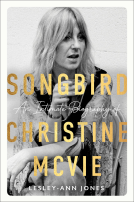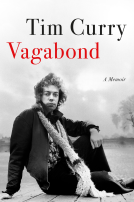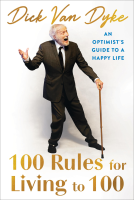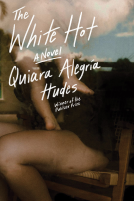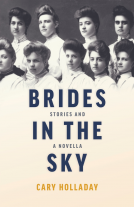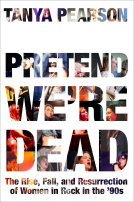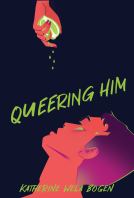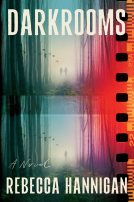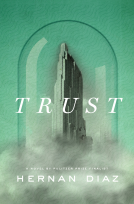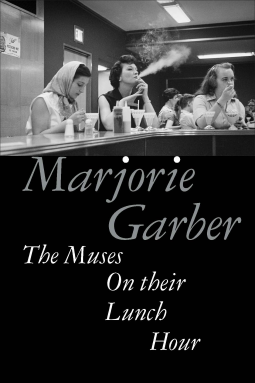
The Muses on Their Lunch Hour
by Marjorie Garber
This title was previously available on NetGalley and is now archived.
Buy on Amazon
Buy on BN.com
Buy on Bookshop.org
*This page contains affiliate links, so we may earn a small commission when you make a purchase through links on our site at no additional cost to you.
Send NetGalley books directly to your Kindle or Kindle app
1
To read on a Kindle or Kindle app, please add kindle@netgalley.com as an approved email address to receive files in your Amazon account. Click here for step-by-step instructions.
2
Also find your Kindle email address within your Amazon account, and enter it here.
Pub Date Dec 01 2016 | Archive Date Nov 25 2016
Description
As a break from their ordained labors, what might the Muses today do on their lunch hour? This collection of witty, shrewd, and imaginative essays addresses interdisciplinary topics that range widely from Shakespeare, to psychoanalysis, to the practice of higher education today. With the ease born of deep knowledge, Marjorie Garber moves from comical journalistic quirks ("Fig Leaves") to the curious return of myth and ritual in the theories of evolutionary psychologists ("Ovid, Now and Then").
Two themes emerge consistently in Garber's latest exploration of symptoms of culture. The first is that to predict the "next big thing" in literary studies we should look back at ideas and practices set aside by a previous generation of critics. In the past several decades we have seen the reemergence of--for example--textual editing, biography, character criticism, aesthetics, and philology as "hot" new areas for critical intervention. The second theme expands on this observation, making the case for "cultural forgetting" as the way the arts and humanities renew themselves, both within fields and across them. Although she is never represented in traditional paintings or poetry, a missing Muse--we can call her Amnesia--turns out to be a key figure for the creation of theory and criticism in the arts.
Two themes emerge consistently in Garber's latest exploration of symptoms of culture. The first is that to predict the "next big thing" in literary studies we should look back at ideas and practices set aside by a previous generation of critics. In the past several decades we have seen the reemergence of--for example--textual editing, biography, character criticism, aesthetics, and philology as "hot" new areas for critical intervention. The second theme expands on this observation, making the case for "cultural forgetting" as the way the arts and humanities renew themselves, both within fields and across them. Although she is never represented in traditional paintings or poetry, a missing Muse--we can call her Amnesia--turns out to be a key figure for the creation of theory and criticism in the arts.
Advance Praise
"Marjorie Garber assembles witty, shrewd, and imaginative essays on interdisciplinary topics that range widely from Shakespeare to psychoanalysis, and the practice of higher education today." —Publishers Weekly
"In this wonderful collection of what she modestly calls ‘musings,’ Marjorie Garber makes an irresistible case for the value of literary study and for herself as one of its great modern practitioners. The essays are brave in their commitments and brilliant in their execution. They are at once provocative and playful—and abidingly humane." —David Scott Kastan, Yale University
"In this wonderful collection of what she modestly calls ‘musings,’ Marjorie Garber makes an irresistible case for the value of literary study and for herself as one of its great modern practitioners. The essays are brave in their commitments and brilliant in their execution. They are at once provocative and playful—and abidingly humane." —David Scott Kastan, Yale University
Available Editions
| EDITION | Other Format |
| ISBN | 9780823273737 |
| PRICE | $22.95 (USD) |
| PAGES | 192 |
